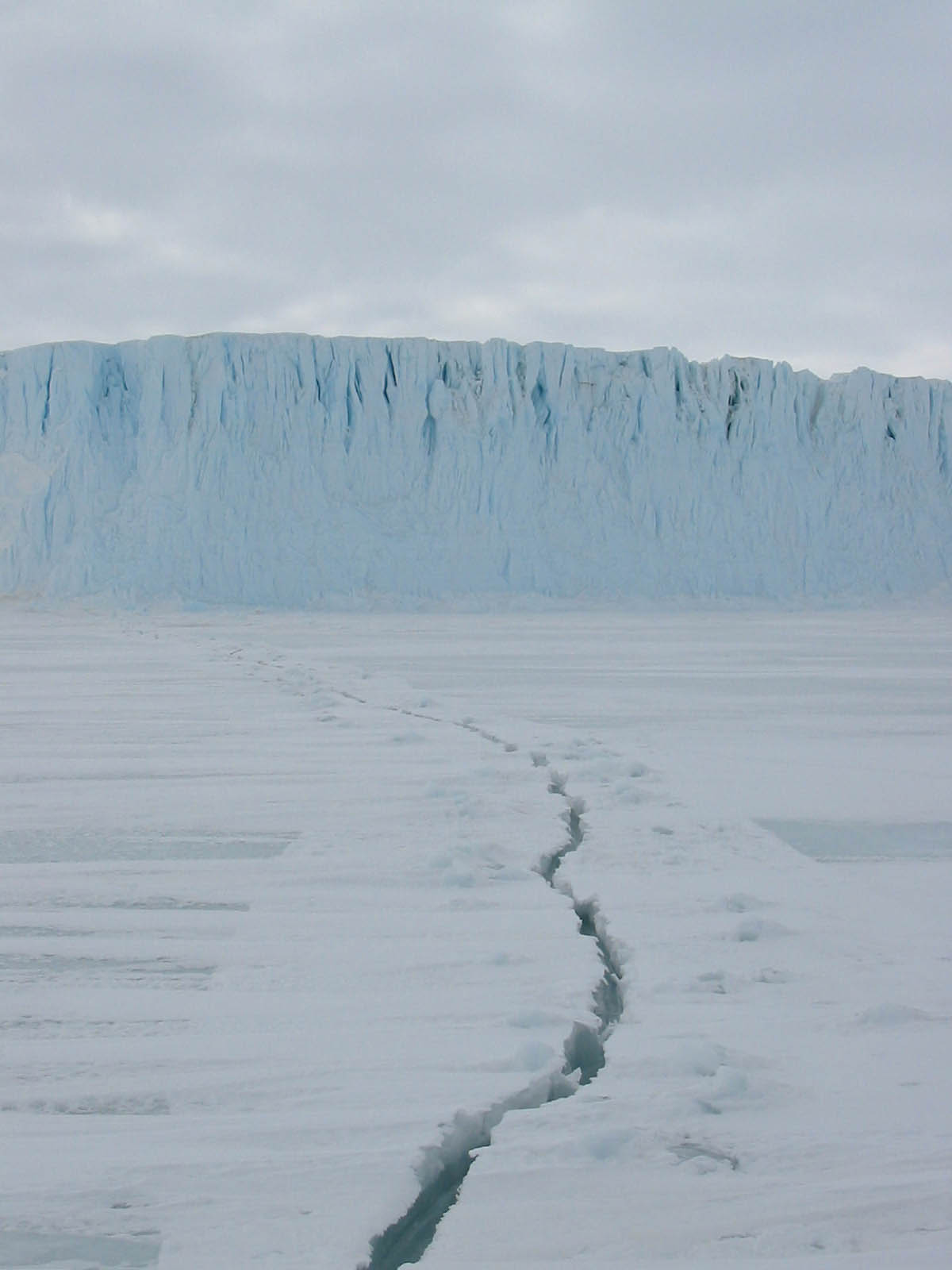 The Fire Island Light was an important landmark for transatlantic ships coming into New York Harbor at the turn of the 19th century. For many European immigrants, the Fire Island Light was their first sight of land upon arrival in America. The lighthouse has served as the starting point for the Cross Bay Swim back as far as 1927 and has played a key role in the uniqueness and grandeur of this amazing event.
The Fire Island Light was an important landmark for transatlantic ships coming into New York Harbor at the turn of the 19th century. For many European immigrants, the Fire Island Light was their first sight of land upon arrival in America. The lighthouse has served as the starting point for the Cross Bay Swim back as far as 1927 and has played a key role in the uniqueness and grandeur of this amazing event.The first lighthouse built on Fire Island was completed in 1826. It was a 74-foot high, cream colored, octagonal pyramid made of Connecticut River blue split stone. The tower was built at the end of the island, adjacent to the inlet. As late as 1856, a boatman sailing through the Inlet could toss a newspaper to the lighthouse keeper. This tower was not effective due to its lack of height. It was taken down and the stone was reused to build the terrace for the present lighthouse. Today a circular ring of bricks and stone are all that remain of the original lighthouse. Due to the westward migration of sand along the beach, known as littoral drift, the inlet is now approximately six miles westward of this site.
In 1857 Congress appropriated $40,000 for the construction of a new tower, 168 feet tall. It was lit for the first time on November 1, 1858. This tower was made of red brick, painted a creamy yellow color. The tower was changed to the present day-mark of alternating black and white bands in August 1891. The new tower was fitted with a First Order Fresnel Lens, which emitted a white flash at one minute intervals. A Funk Lamp with 4 concentric wicks was used for illumination. Over the years various fuels were used for the lamps, including whale oil, lard oil, mineral oil and kerosene. Electricity finally reached the lighthouse on September 20, 1938. However, on September 21, 1938 a hurricane struck the island, effectively severing all electric power to the island and causing a delay in the electrification of the Fire Island Light Station. The United States Coast Guard has been present on Fire Island since its inception in 1915. A Coast Guard Station was established on the Lighthouse tract. Eventually the United States Lighthouse Service was dissolved. The administration of lighthouses was placed under the jurisdiction of the US Coast Guard in 1939 "in the interest of economy and efficiency".
The Fire Island Lighthouse was decommissioned as an aid to navigation on December 31, 1973. The new aid to navigation was a "small flash tube optic" installed atop the Robert Moses State Park Water Tower. After the Fire Island Lighthouse was decommissioned in 1974, the Coast Guard gave the National Park Service a five-year permit to use the entire Lighthouse Tract. In 1979, the tract was declared by law to be within the boundaries of the Fire Island National Seashore. With limited funds, the major function of the Park Service during its early administration of the Lighthouse tract was to prevent further deterioration of the buildings through neglect and vandalism. Between 1974 and 1980, private citizens grouped together in an effort to "save the Fire Island Lighthouse." The strobe light on the Robert Moses Tower only shone seaward and was of no use to boaters on the Great South Bay. Public support for restoration of the Fire Island Lighthouse was great among the Baymen.
In 1982, the Fire Island Lighthouse Preservation Society was formed. They successfully raised over 1.3 million dollars for the restoration and preservation of the Fire Island Lighthouse. In 1984, the Fire Island Lighthouse was placed on the National Register of Historic Places.
The Lighthouse was restored to its 1939 condition, which is when electricity was first installed. On Memorial Day, May 28, 1986, the Fire Island Lighthouse was relit and reinstated as an official aid to navigation.
In December 1996 the Fire Island Lighthouse Preservation Society (FILPS) through an agreement with the National Park Service took over the maintenance and operation of the Fire Island Lighthouse and Keeper's Quarters'
Today the light is lit by two 1000-watt bulbs, which rotate in a counter-clockwise direction, giving the appearance of a flash every 7.5 seconds. The light is visible for approximately 21-24 miles. Fully automated operation and maintenance of the light itself, remains under the jurisdiction of the United States Coast Guard.
It is hard to imagine the Cross Bay Swim today without the Fire Island Lighthouse. Had it not been saved in the early 1980's the Cross Bay Swim itself may have been doomed to the history books. Luckily the efforts of the Fire Island Lighthouse Preservation Society to save the light were successful as were the efforts to revive the Cross Bay Swim in 1999. The success of the individuals involved in both these selfless tasks have done a huge service to the community and all who visit the lighthouse and participate in the swim. It is highly recommended that you climb the lighthouse as there is no better view on the whole of the Great South Bay than from the top of the light. It not only provides the most amazing view of the swim course but an opportunity to reflect on the storied history of the Lighthouse and the Cross Bay Swim.
(This post has taken significant excerpts for the Fire Island Lighthouse website)
